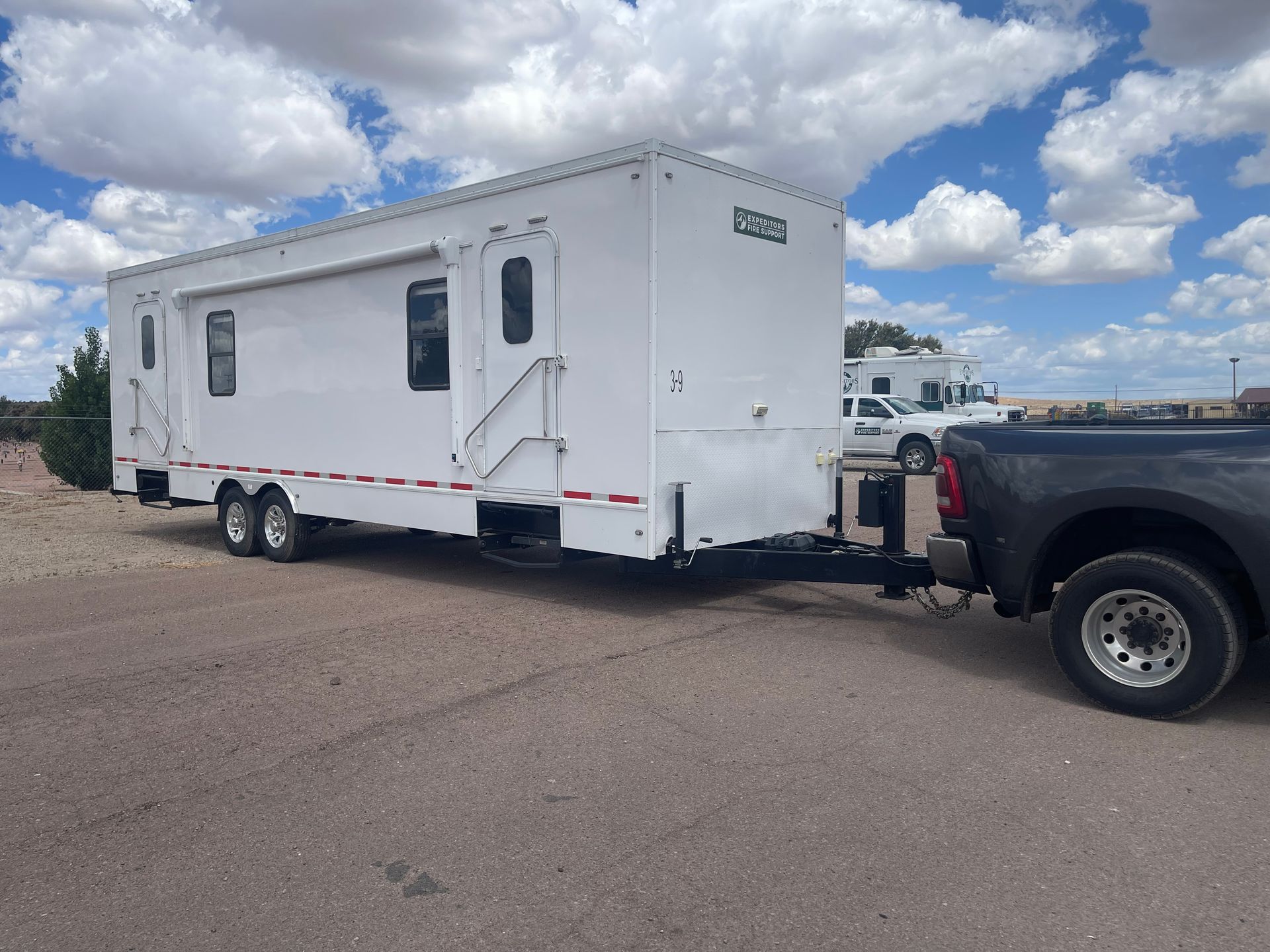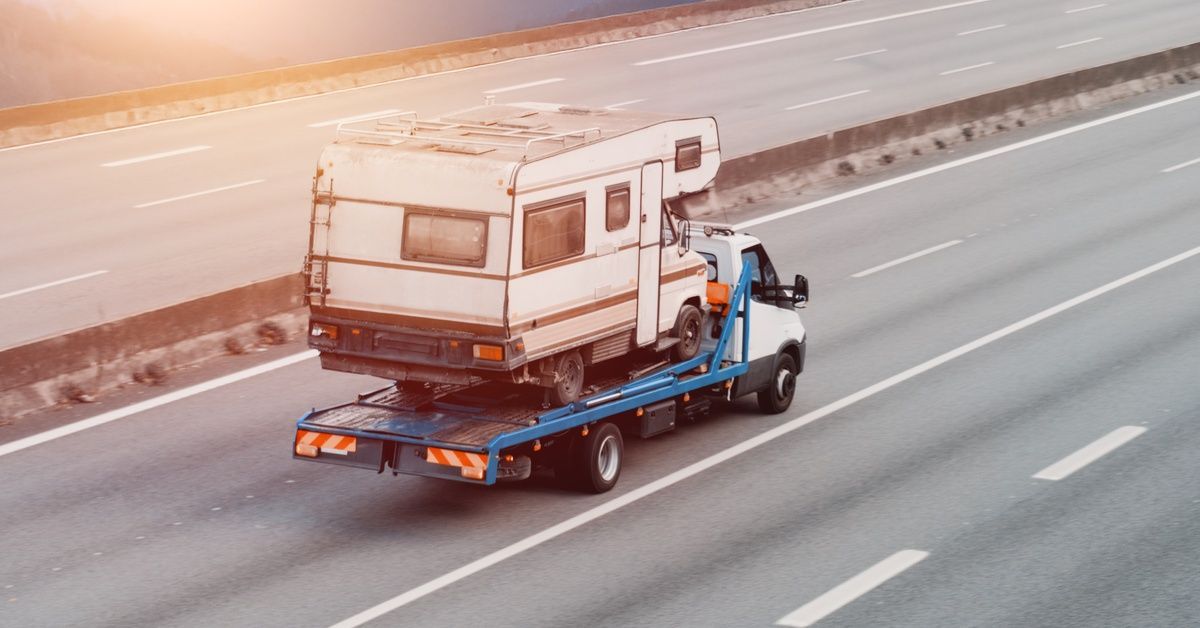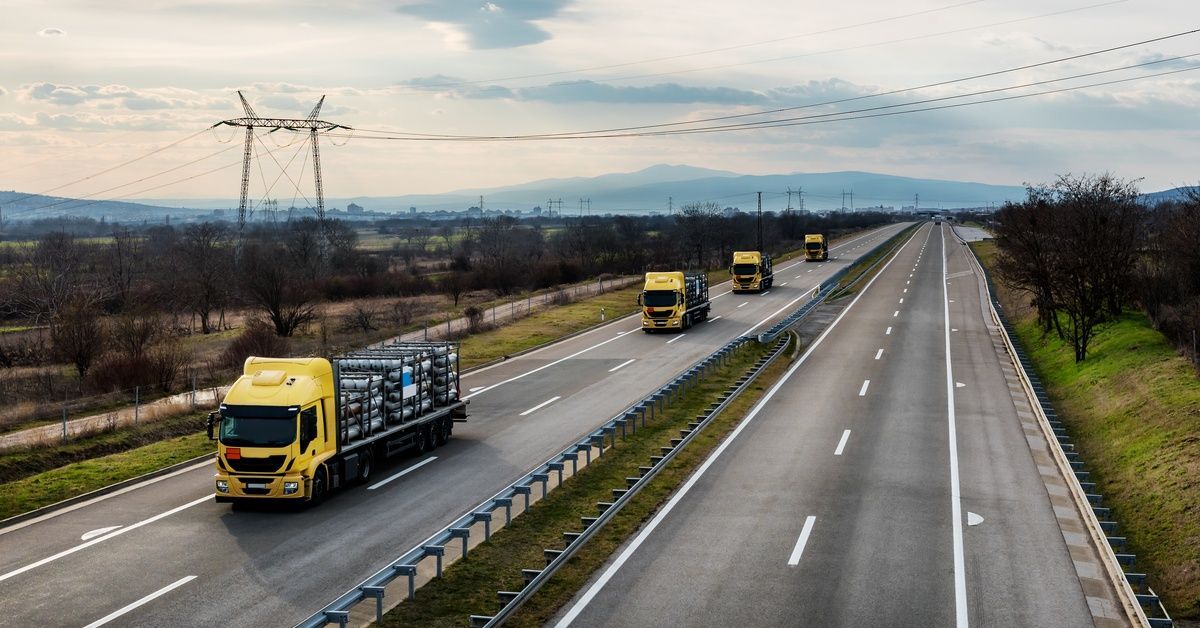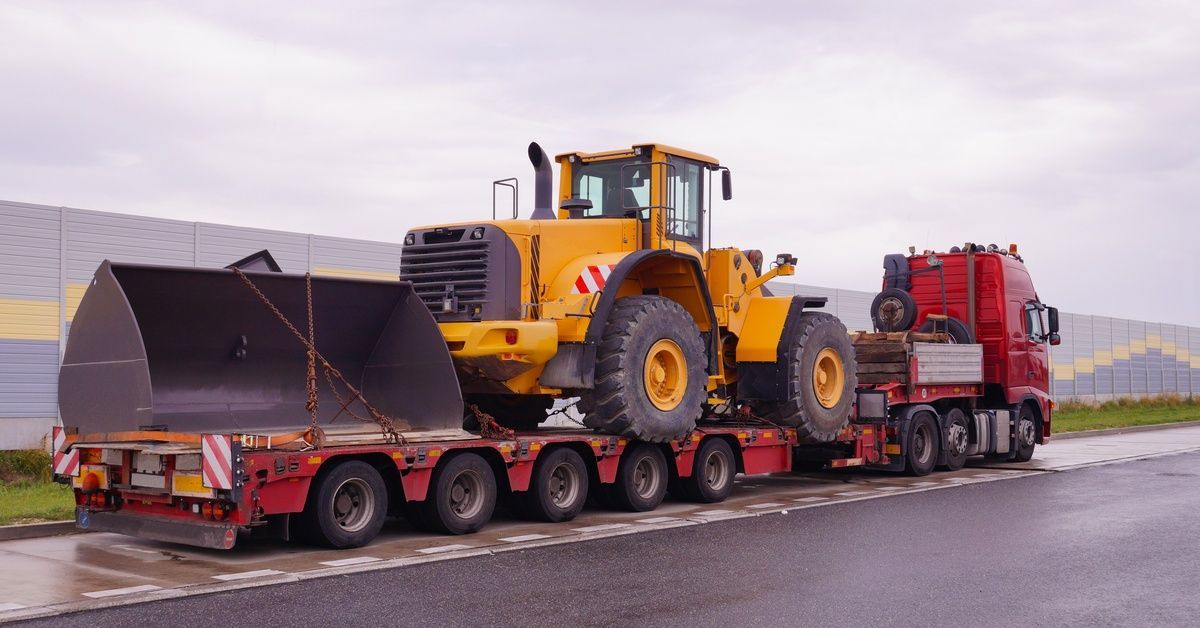5 Options for Transporting Your Motorcycle

Transporting a motorcycle might sound straightforward, but it’s a task that requires careful consideration. Whether you’re moving across the country, attending a biking event, or delivering a newly purchased bike, the stakes are high.
Without proper protection, your bike can face exposure to the elements, road debris, or even damage during the process. This guide will explore the pros and cons of 5 options for transporting your motorcycle, helping you make the right choice for your specific situation.
Why Transporting a Motorcycle Safely Matters
A motorcycle is more than just a mode of transportation; it’s often a prized possession. Whether it’s a high-performance sports bike, a vintage classic, or an everyday ride, ensuring its safety during transport is vital. Poor handling or inadequate protection can lead to scratches, dents, and expensive damage, not to mention the heartbreak of seeing your bike damaged. For longer moves or valuable bikes, choosing the right transport method is crucial to maintaining its integrity.
Open-Air Motorcycle Transport
Open-air transport is a popular and affordable option for motorcycles. Let’s look at what makes this method work for many riders and where it falls short.
What Is Open-Air Motorcycle Transport?
Open-air transport involves placing your motorcycle on an open trailer or flatbed truck for transit. This method is simple and widely available, making it a go-to option for many riders. It’s particularly common for shorter distances or in favorable weather conditions.
Benefits of Open-Air Transport
Open-air transport is a cost-effective choice for motorcycle owners looking to save money. Since it’s a straightforward process with less overhead, it tends to be one of the most affordable ways to transport your bike. The widespread availability of open transport means you’ll typically find more scheduling options and companies to choose from.
Drawbacks of Open-Air Transport
While open-air transport is budget-friendly, it does come with some risks. Your motorcycle is exposed to the elements, so weather conditions like rain, snow, or harsh sunlight can cause damage. Road debris is another concern during transit, as it can chip paint or damage vulnerable components.
Is Open-Air Transport Right for You?
This option works well for many riders, especially those on a budget or moving bikes over shorter distances. However, it’s not the best choice for high-value or vintage motorcycles that require extra protection.
Enclosed Motorcycle Transport
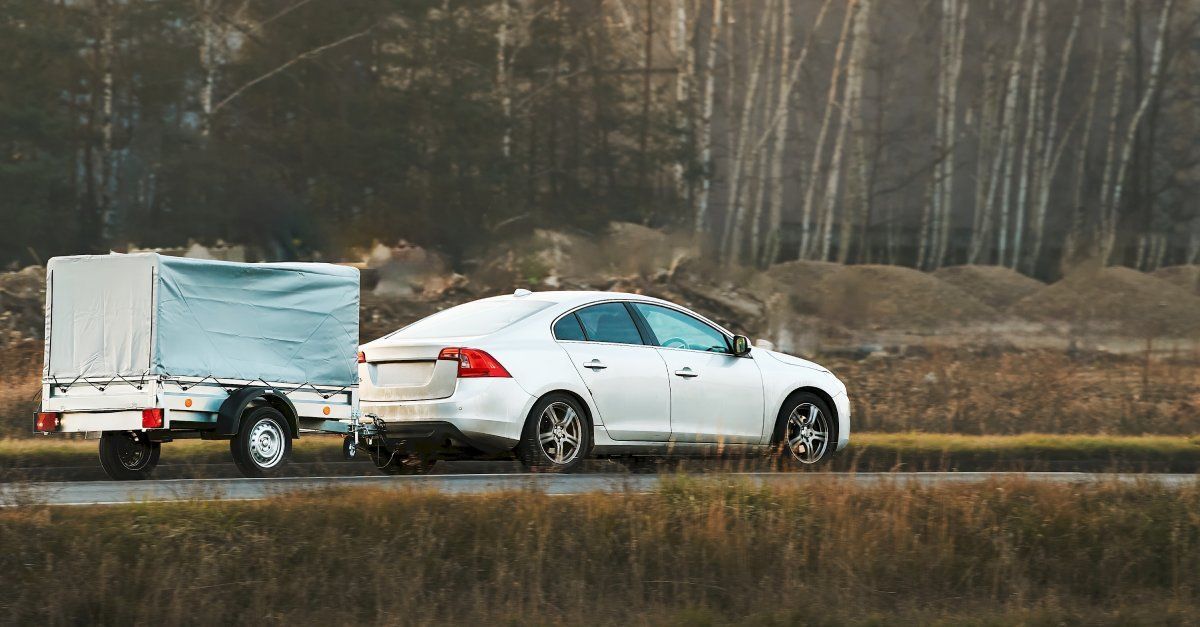
Enclosed transport offers a much higher level of protection for your motorcycle during transit.
What Is Enclosed Motorcycle Transport?
Enclosed transport secures your motorcycle inside a fully covered trailer or container, which shields it from weather and road debris throughout the journey. This option is ideal for riders with high-value motorcycles or those shipping bikes over long distances.
Benefits of Enclosed Transport
The main benefit of enclosed transport is the superior protection it offers. Whether it’s bad weather or flying debris, your bike stays safe and secure inside the container. Additionally, the added security is a major plus. An enclosed space reduces the risk of tampering or theft. When working with a reliable national transport company , enclosed transport typically includes handling protocols that further minimize the risk of damage during loading, transit, and unloading.
Crated Motorcycle Shipping
Crated shipping is one of the most secure ways to transport a motorcycle, often chosen for high-value, vintage, or custom bikes. This method involves placing the bike in a wooden crate, where it’s strapped and secured to prevent movement during transit. It’s a meticulous process, but the result delivers unmatched protection.
One of the main advantages of crated shipping is its ability to safeguard the bike against virtually all risks. The crate provides maximum protection from environmental factors and physical damage, ensuring the motorcycle arrives in pristine condition. This makes it a popular choice for riders shipping overseas or transporting expensive bikes.
The superior protection of created shipping comes with premium pricing. The price not only reflects the quality of protection but also factors in the additional labor and materials required to prepare the bike for shipping. Crated shipping also takes up more space, leading to logistical challenges if you’re shipping several motorcycles.
Door-to-Door Motorcycle Transport
For ultimate convenience, door-to-door transport is hard to beat. With this option, your motorcycle is picked up from your location and delivered directly to the destination. It eliminates the hassle of transporting the bike to or from a terminal, creating a truly hands-off experience.
The obvious advantage of door-to-door transport is its convenience. Riders can enjoy peace of mind knowing that the process doesn’t involve additional stops or transfers, reducing potential risks along the way. This direct approach also limits the time the bike spends in transit, lowering the chances of damage.
However, the customized nature of door-to-door transport makes it one of the more expensive options. Availability can also be an issue if you’re in a remote location or areas with limited access for transport vehicles. Scheduling also requires some flexibility, as precise delivery windows depend on route planning, weather conditions, and other logistical factors beyond the carrier’s complete control.
Terminal-to-Terminal Motorcycle Transport

When it comes to affordability, terminal-to-terminal transport is a practical choice. This method involves dropping off your bike at a designated terminal and picking it up from another once it has reached the destination. It’s a budget-friendly option for motorcycle owners who don’t mind putting in a bit of extra effort.
The primary benefit of terminal-to-terminal transport is its lower cost. Transport providers can offer more competitive pricing by avoiding the need for individual pick-up and delivery. This makes it an attractive option for riders who prioritize savings. However, the method is less convenient than door-to-door transport. You’ll need to arrange to transport the bike to and from the terminal, which could be further away and require additional time and travel. If flexibility and convenience are higher priorities for you, this option might not be ideal.
Choosing the Best Transport Option for Your Motorcycle
Selecting the right method for transporting your motorcycle depends on several factors, including the bike’s value, the distance of the move, and your budget. For affordable and straightforward solutions, open-air and terminal-to-terminal transport are great options. If your motorcycle is high-value or you’re looking for maximum protection, enclosed or crated transport offers peace of mind at an added cost. For busy riders who value convenience, door-to-door transport eliminates much of the hassle of moving a motorcycle.
When considering the 5 options for transporting your motorcycle, it’s important to evaluate your priorities—whether that's cost savings, protection, or ease of transport. Working with a reliable transport company simplifies the process, no matter which option you choose. Their expertise, reliability, and resources ensure your motorcycle is handled with care and delivered safely.
Today’s motorcycle owners benefit from more specialized transport options than ever before. By matching your specific requirements with the right shipping method, you can find the perfect balance of protection, convenience, and cost. Following this guide ensures your beloved bike arrives at its destination safely and in perfect condition.
